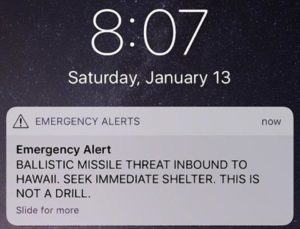For every 22 extreme risk protection orders (ERPOs) issued in Connecticut, one suicide is prevented, according to a report in JAMA Network Open. ERPOs, also known as red flag gun laws, allow firearms to be removed from people at high risk of self-injury or injury to others.
The suicides prevented are “only one of many considerations pertinent to evaluating the potential risks and benefits of ERPO laws,” wrote Matthew Miller, M.D., Sc.D., of the Bouvé College of Health Sciences at Northeastern University in Boston, and colleagues. “Other potential benefits, such as averting homicides and mass shootings and alleviating stress among family and friends of an individual in crisis, need to be weighed against possible harms, such as intrusions into liberty interests and the likelihood that ERPOs would precipitate harms when law enforcement officers attempt to remove firearms.”
Miller and colleagues first used 11 years of data (October 2004 through December 2015) from a California database linking handgun ownership and mortality records to identify the number and distribution of suicide deaths among handgun owners and nonowners in the state; the 11-year period preceded California’s first ERPO law in 2016.
The researchers then examined data on suicide deaths of people who were subject to an ERPO in Connecticut over a 14-year span (1999-2013) and used the California data to estimate the number of suicide deaths if no ERPOs had been issued.
In all, about 1,200 California handgun owners died by suicide between 2004 and 2015, as did about 15,000 nonowners. Among handgun owners, 25% of suicidal acts (fatal suicides plus attempts) involved firearms while 57% involved drugs and 6% involved cutting, researchers noted. By contrast, among nonowners, just 2% of suicidal acts involved firearms.
In Connecticut, 762 people were subject to an ERPO during the 14-year study, 21 of whom died by suicide. Those deaths resulted from 187 suicidal acts, the researchers estimated. Had no ERPOs been issued, 52 of those acts would likely have involved firearms, resulting in an estimated 47 deaths, while the remaining 135 nonfirearm suicide acts would have resulted in eight deaths. In all, researchers estimated that the ERPOs prevented 34 suicides, or 1 suicide for every 22 ERPOs issued.
“As policymakers attempt to learn how to use ERPOs most effectively and equitably, the heterogeneous U.S. landscape presents an opportunity for future studies to identify and learn more about the effect of different ERPO implementation approaches, which, in turn, could help guide policy and legislative decisions,” researchers concluded.
For more information, see the Psychiatric News article “Multiple Barriers Inhibit Civilian Use of Red Flag Laws, Study Shows.”
(Image: Getty Images/iStock/pamela_d_mcadams)




